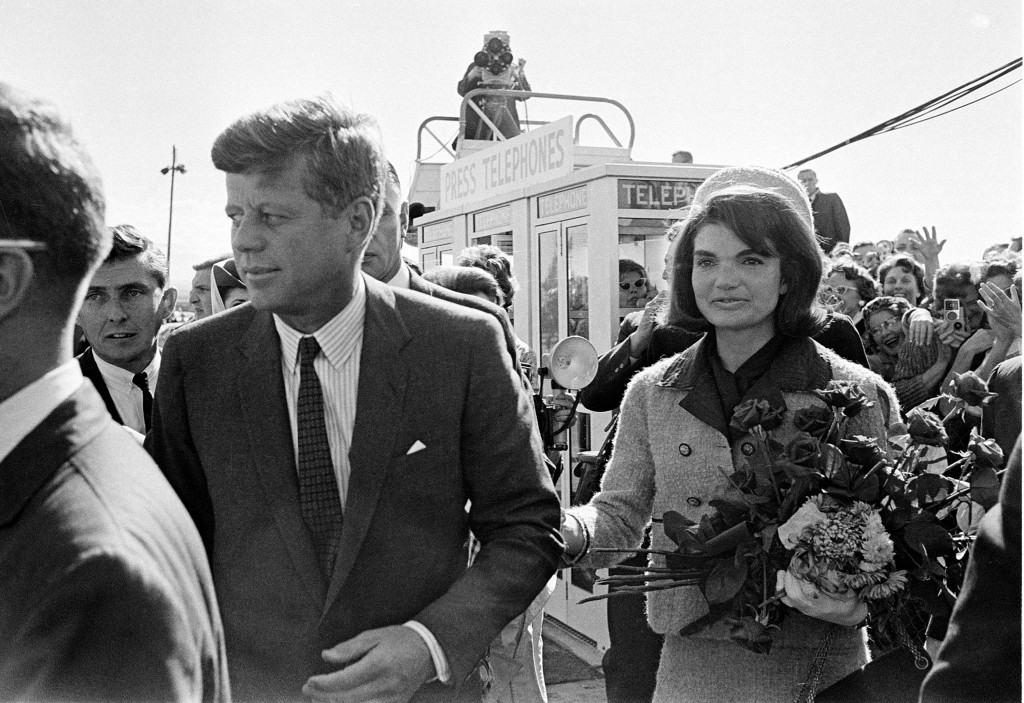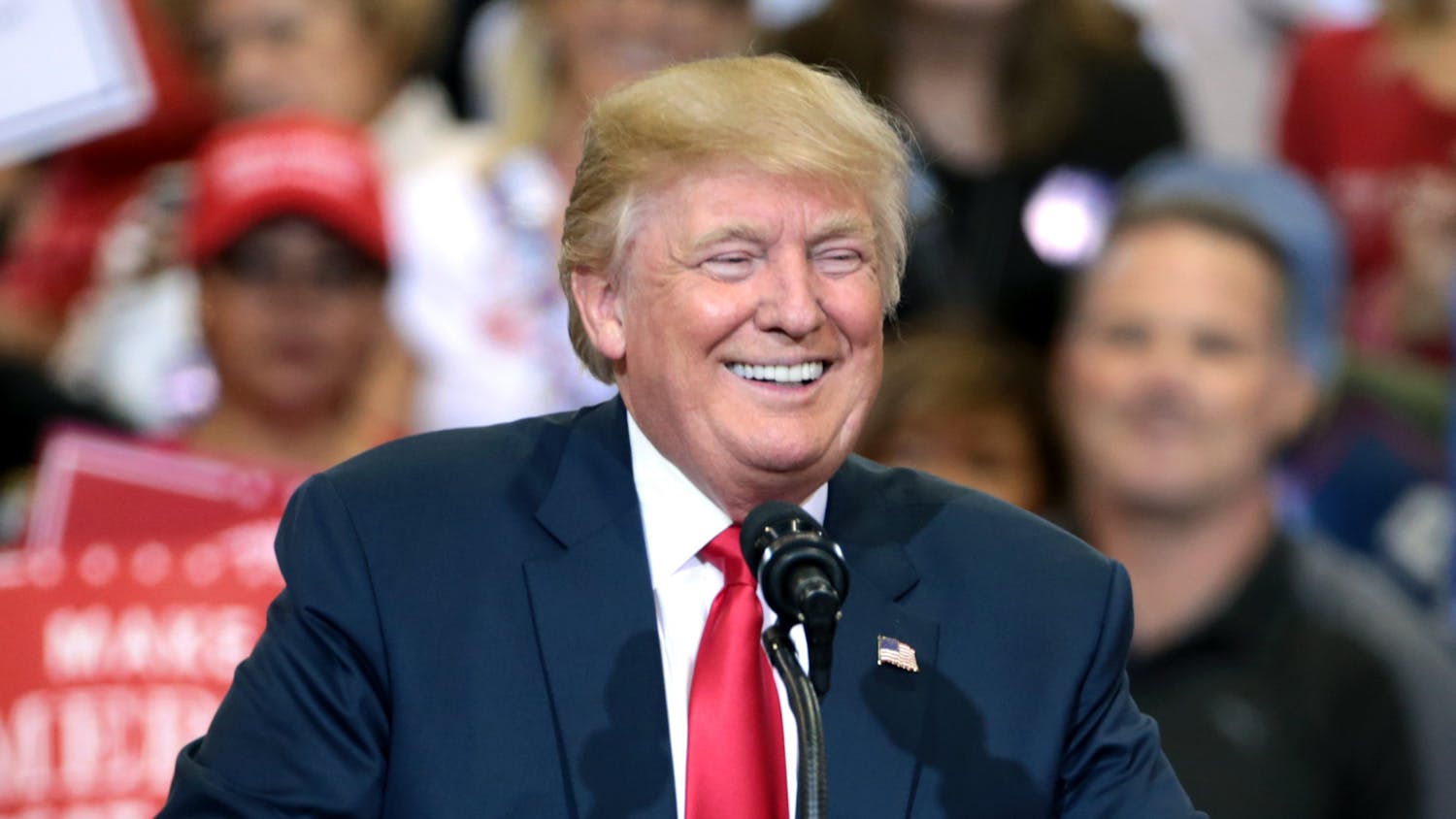By Frank Stabile
Of the many things that regularly annoy me, one of the less frequent but more irritating subjects is conspiracy theories. Last year, the 50th anniversary of the assassination of John F. Kennedy caused a resurgence of conspiracy talk. As the stories go, some combination of Lee Harvey Oswald, the mafia, the Cubans, the Soviets and the Central Intelligence Agency were responsible for Kennedy’s death. Oddly enough, there seems to be at least one of these theories for every major national event. The attacks of Sept. 11 were actually a series of controlled explosions coordinated by the Bush administration. The Apollo moon landing was taped at a Hollywood set, the government stores aliens and their aircraft in Area 51, and everyone knows that the Illuminati are close to establishing a New World Order. These ideas are ridiculous, but somehow manage to persist and capture the minds of surprisingly large portions of the population. In this article, I describe recent data and studies on conspiracy theory in America and discuss the implications of such unfounded ideas.

The latest polls on belief in conspiracy theory are somewhat reassuring, but mostly alarming. Two polls conducted in 2013 by Public Policy Polling asked participants if they believe in a series of well-known conspiracy theories. For the most part, less than 15 percent of respondents accepted these nonsensical theories, such as the faked moon landing and the existence of Bigfoot and Sasquatch. However, 37 percent believed that global warming is a hoax, 21 percent believe that the government covered up an alien crash at Roswell, 20 percent that vaccines are linked to autism, and 28 percent that a secret society is planning for the New World Order. This means that one in every four or five people in America probably believes in at least one of these conspiracy theories.
The numbers are even worse for the Kennedy assassination. Gallup, Inc., has conducted nine polls since 1963, asking participants if they believed other people besides Oswald were involved in a conspiracy to assassinate the president. In the years immediately following the assassination, about 50 percent of participants believed in a conspiracy. This number increased steadily and peaked in 1976 and 2001 at 81 percent. The percentage has dropped since then, but still stands at a high 61 percent. Many people identified the mafia and the government as probable co-conspirators. Despite a huge body of official and independent work that agrees on the lone gunman explanation, more than half of Americans believe that a conspiracy killed the president.
Pollsters are not the only ones interested in conspiracy theory. In 2010, psychologists Viren Swami and Rebecca Coles of the University of Westminster published an article summarizing recent studies of conspiracy theory. The piece, titled, “The truth is out there,” shows that belief in conspiracy theory is often linked to a lack of trust in the government and feelings of frustration and isolation. The authors suggest that conspiracy theories provide answers in a world of uncertainty and catastrophe and give the theorist some sense of control. In this way, adherence to a conspiracy theory against all evidence seems to be a reflection of a negative worldview, rather than a strain of lunacy.
With an understanding of the scope and origin of conspiracy theories, it is easier to consider the implications of such ideas. Many people are distracted by conspiracy theory and invest tremendous amounts of effort in stories that have little or no evidence. But, unfortunately, the consequences do not stop at wasted time. While people sit at their computers watching the planes fly into the World Trade Center over and over again, they miss the actual conspiracies. I often wonder if the 9/11 truthers or Bigfoot hunters care about the National Security Agency’s massive spying programs. Are they interested in conspiracies that really occurred, like the assassination of Abraham Lincoln or the Watergate scandal? I’m worried that the answer is no, and that conspiracy theories distract intelligent and otherwise reasonable people from truly important issues.
The solution, of course, is to embrace a more rational way of thinking. Instead of assuming the mainstream is wrong and finding the facts to match, people must start with the evidence and decide from there. This holds true for the argument I make here. All of these poll data and studies are available online, and I urge interested readers to examine the information themselves. A more critical approach is vital. The future will continue to bring new crises and there is no time to waste on fairies and gremlins.






